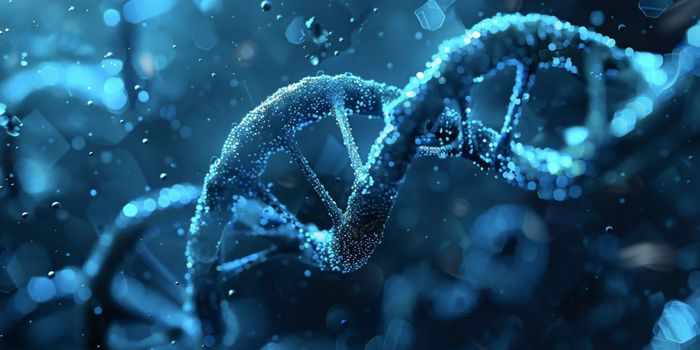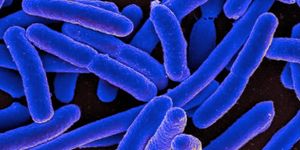Exploring porphyrins as drug delivery agents
New research published in the journal Scientific Reports analyzes the delivery capabilities of porphyrins in order to determine if they could be a target for therapeutic interventions. The study, carried out by investigators from Tokyo University of Science, aimed to determine how the specific structure of these organic cyclic compounds may act as the perfect transporter of cancer drugs.
Porphyrins are unique for their photosensitizing effects and their specific structure. They are made up of four subunits called "pyrrole subunits," which dictate their electronic properties. It is these properties that facilitate the selective accumulation of porphyrins in cancer cells, which is why scientists are interested in them.
Assistant Professor from Tokyo University of Science Dr. Toshifumi Tojo led the study. Dr. Tojo explains: "Porphyrins are used as the basic skeleton of new drugs for cancer treatment due to their ability to accumulate in cancer cells. They possess different functional group modification positions for drug conjugation. Whether these positions confer different physical properties and membrane permeability remains unclear. Our aim was to investigate how these differences impact drug delivery."
Dr. Tojo collaborated with Tokyo University of Science colleagues Mr. Koshi Nishida, Associative Professor Takeshi Kondo, and Professor Makoto Yuasa in order to explore how the structure of porphyrin derivatives influence tumor accumulation.
"Our study reveals that the functional group modification position of porphyrin greatly affects the membrane permeability and intra-cellular tumor accumulation,” notes Dr. Tojo. “We are hopeful that our findings can help inform guidelines for the structural design of novel porphyrin drugs."
Their findings shed light on the importance of considering the structure of drug delivery systems like porphyrins in cancer drug delivery. “We found that the binding position of porphyrin affects the factors involved in the transmembrane permeation mechanisms and impacts the accumulation in cancer cells,” conclude the authors.
Sources: Scientific Reports, Eureka Alert









